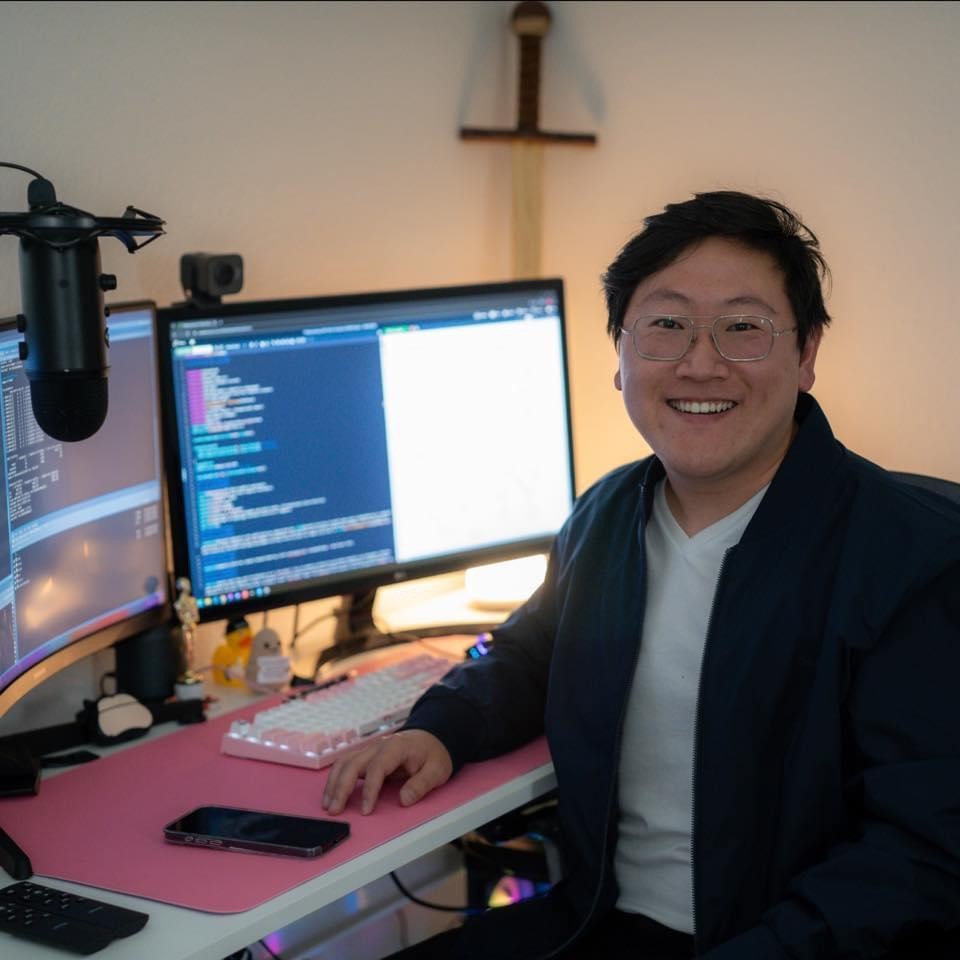About Me

Jonathan J. Park, PhD
I am an Assistant Professor in Quantitative Psychology at the University of California, Davis. My research focuses on the development of quantitative methods at the intersection of Graph Theory and Dynamical Systems. These interests converge on generating novel approaches for modeling heterogeneous samples as complex, dynamical networks.
Ultimately, I work to create and disseminate methodological tools which grant us the ability to model individuals as complex systems which unfold through time. My works--discussed below--involve algorithmic approaches for reconciling person- from group-level dynamics without placing unnecessary constraints on person-specific models.
Psychological Networks
Development and Refinement of Methods for Psychometics Networks
Dynamical Systems
Development of Novel Approaches for Modeling Heterogeneous Time-Series
Computational Modeling
Extensive Application of Monte Carlo-based Methods for Validation of Novel Algorithms